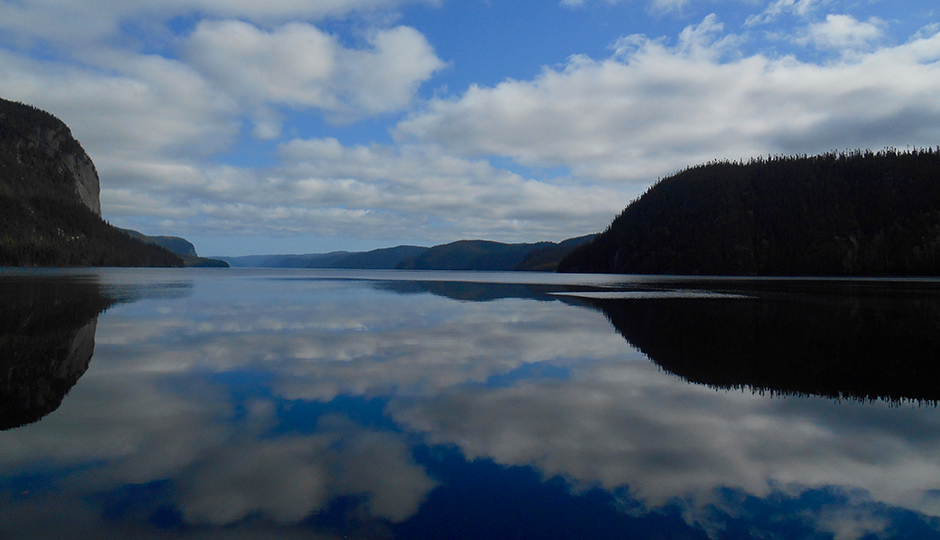The beds of certain lakes contain veritable archives: the sediments that accumulate there over time provide valuable information about past climatic and hydrological conditions. However, we need to be able to find these lacustrine archives and know how to read them… Pierre Francus, a researcher at the Eau Terre Environnement Centre at INRS, set out to do just that. The most “informative” lakes are those that are “varved”, meaning that they have annual layers of sediment – or varves – that have not been disturbed by waves, ice or bottom-dwelling organisms. Such lakes are rare: to date, only some 200 varved lakes have been discovered worldwide. No matter, Pierre Francus recently identified Grand Lake in Labrador and Lac Walker in Côte-Nord which, at a depth of 280 metres, is the second deepest lake in Québec!
The data obtained cover the last 10,000 years of Earth’s history!
To access the sediments of these lakes, Pierre Francus joined forces with Patrick Lajeunesse from Université Laval and Guillaume St-Onge from the Institut des sciences de la mer de Rimouski (ISMER) to obtain five-metre core samples using oceanographic techniques. Back in the laboratory, these cylindrical sediment samples were scanned to check their quality, obtain 3-D images and determine their chemical composition. The scientists then examined each annual sediment layer – on the order of one millimetre – under the electron microscope and carbon dated them: a painstaking task! The result? The data obtained cover the entire Holocene period, or the last 10,000 years of Earth’s history!
In particular, the researchers can trace extreme flood events, which take the form of a thicker sediment layer and coarse particles. Determining whether these hydrological events have increased over the past 20 years, in comparison with other warm periods of the Holocene, will help policy-makers to better predict future hydroclimatic variability and extremes in the Côte-Nord region, which is currently experiencing strong development in the hydroelectric and mining sectors.




